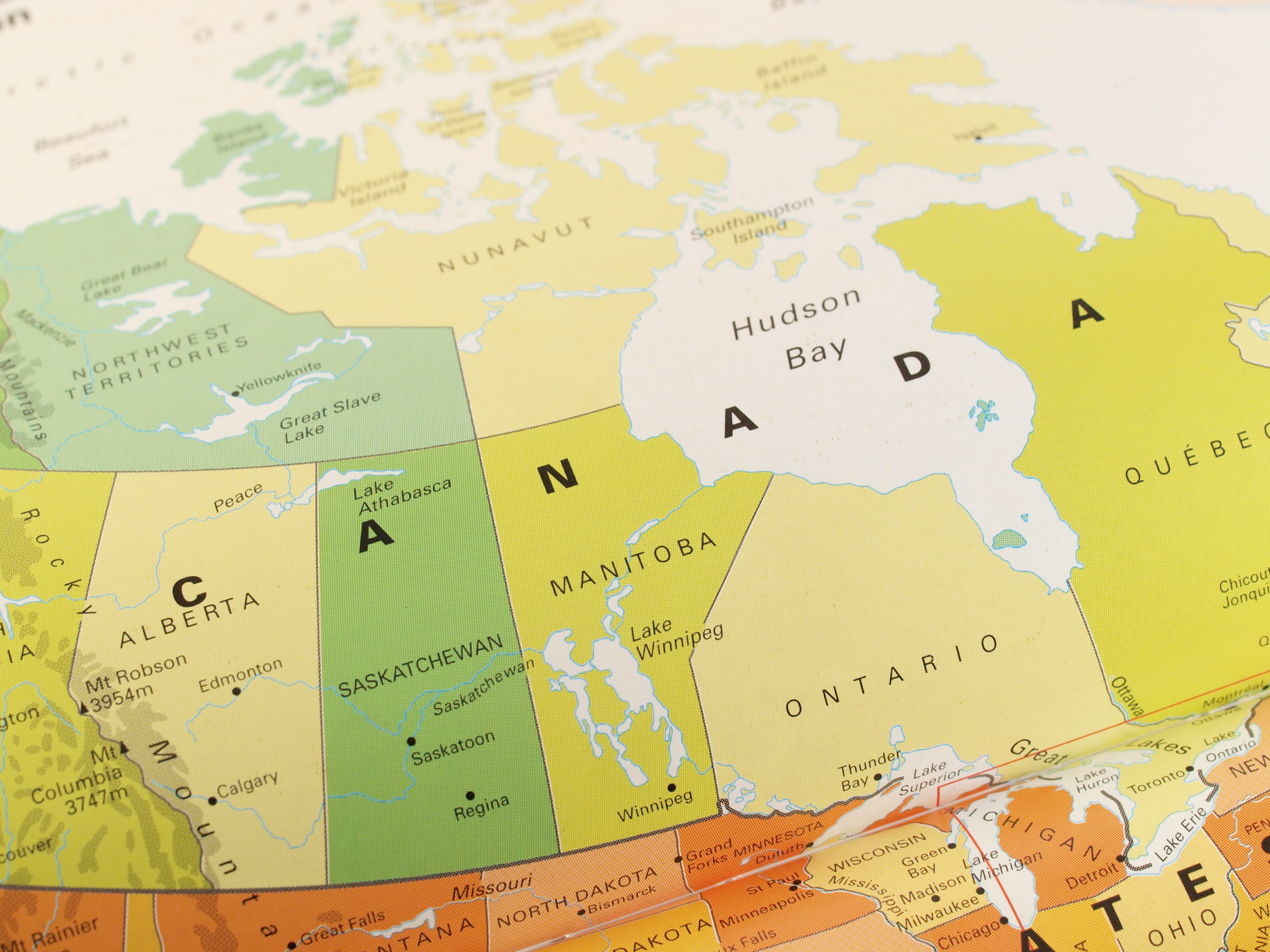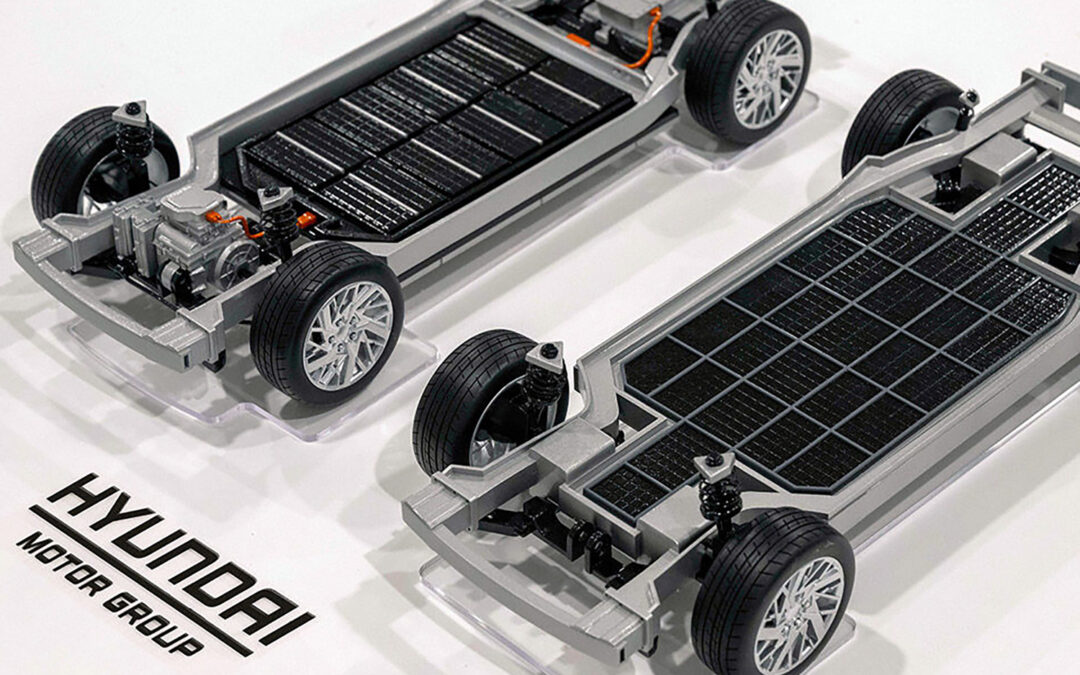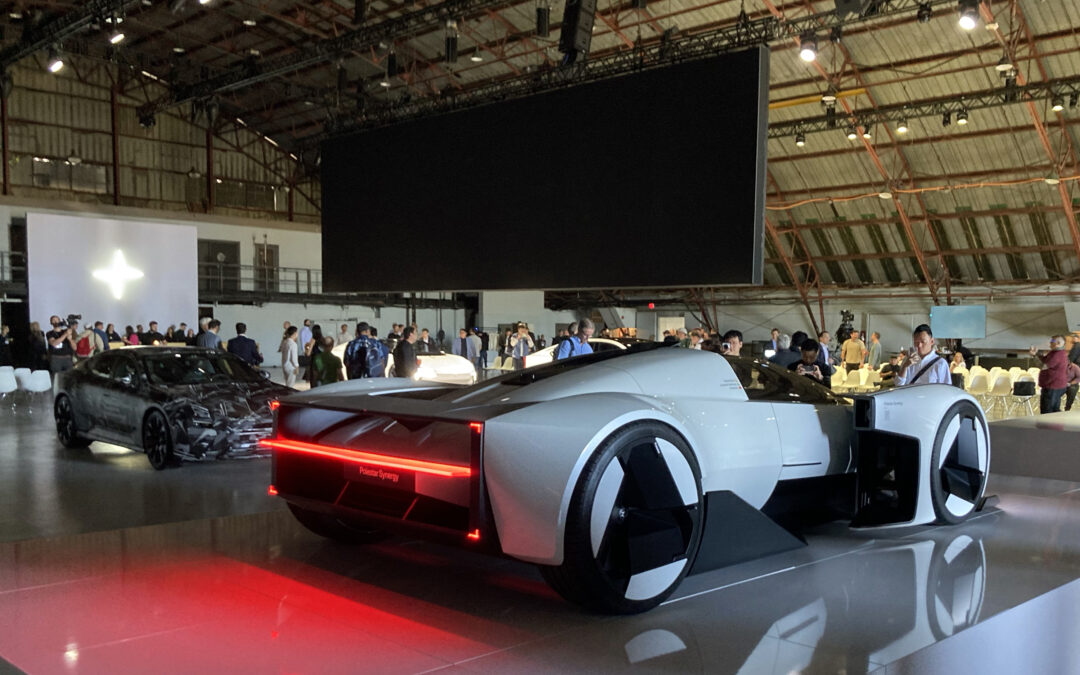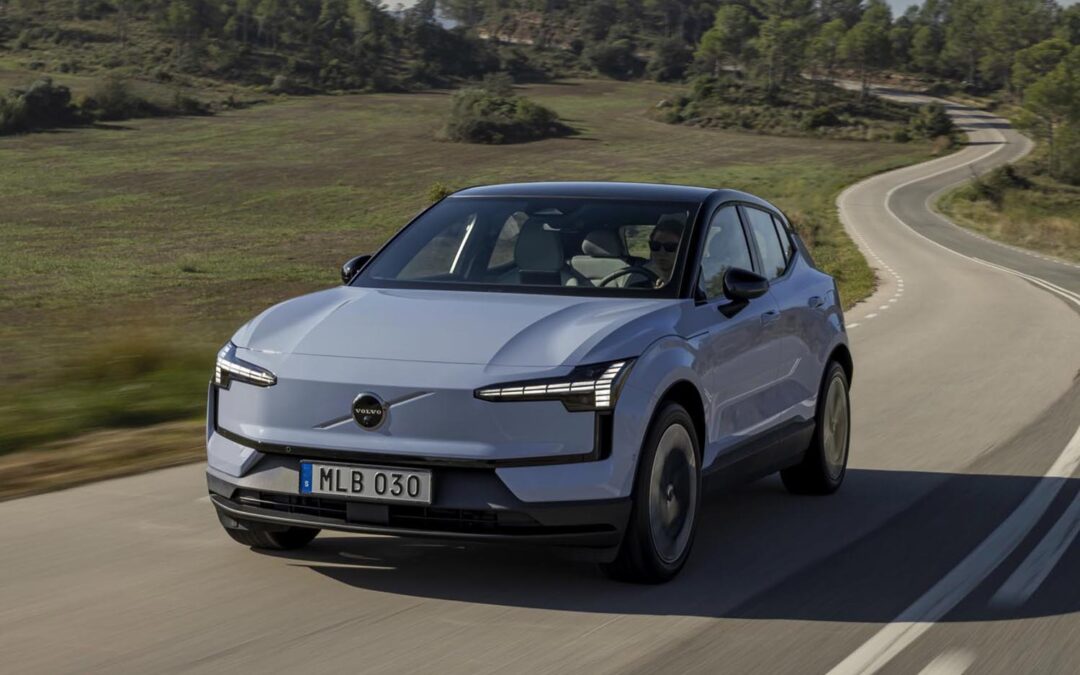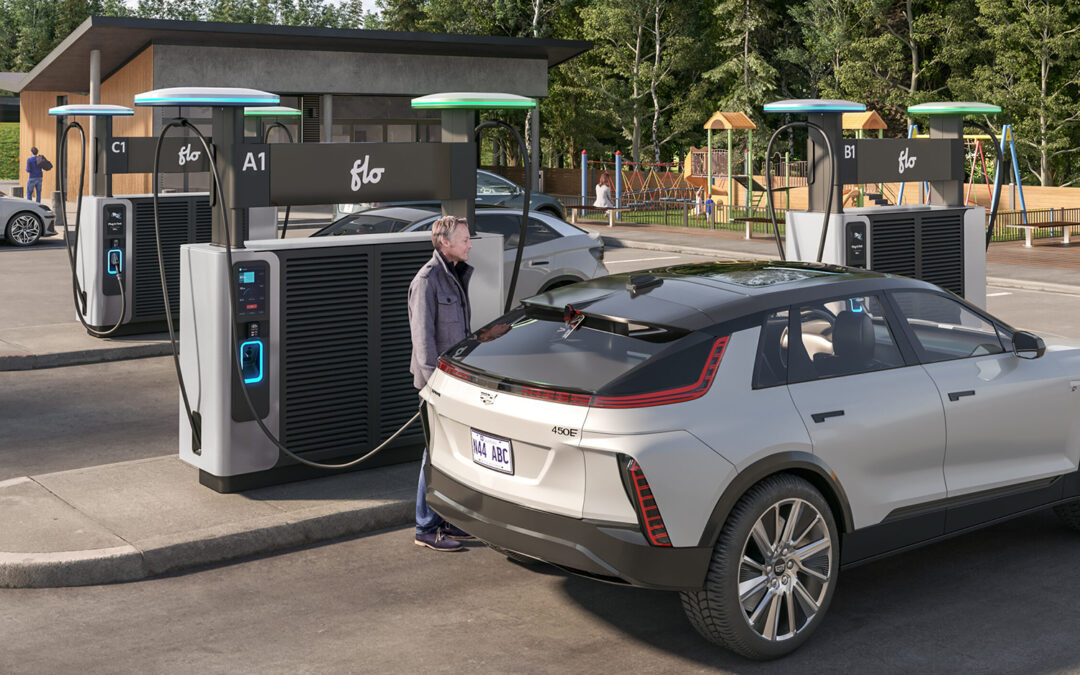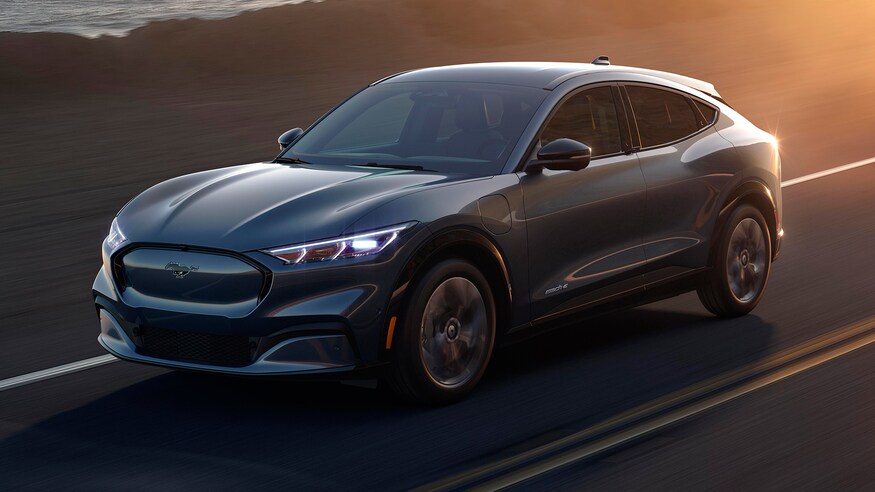Passenger cars and light trucks account for approximately 13 percent of Canada’s greenhouse gas emissions (GHGs). This is why the Federal government has set a mandate for all new light-duty cars and passenger trucks to be zero-emission by 2035, which is five years earlier than its previously stated goal.
Moving forward, at least 20 per cent of new light-duty vehicle sales will be zero-emission by 2026 and at least 60 per cent by 2030 before hitting the 2035 target. That is a very ambitious plan given electrified vehicles accounted for just 5.2 per cent of the 1.6 million new vehicles registered in Canada in 2021.
One of the keys to spurring electrified sales is the use of incentives or rebates. The effect these have on sales becomes clear when you look at the Ontario experience. At the time, Ontario had the richest rebate program offering up to $14,000 on eligible vehicles until it was cancelled in 2018. Following its demise, sales of the Nissan Leaf collapsed in the province — in August of that year Nissan sold 695 units; in November it sold just 10!
The sad part is, according to Statistics Canada, Ontario accounts for 22.9 per cent of Canada’s electrified market, placing it third behind Quebec (42.8 per cent) and British Columbia (27.7 per cent). For now, Ontarians can tap into a $1,000 rebate for the purchase of a used EV and $1,000 rebate for scrapping a gas-powered car. More information can be found under the Used EVs tab at Plug ‘N Drive.
The Federal government offers a rebate on new zero-emission vehicles purchased or leased on or after May 1, 2019. Currently, those purchasing a plug-in hybrid (PHEV) or electric vehicle (EV) are eligible to receive between $2,500 and $5,000 through the incentives offered by the Zero-Emission Vehicles (iZEV) Program. The good news is this program was recently extended until March 31, 2025.
As of April 25, 2022, the rebate is available on zero-emission vehicles (PHEVs and EVs) with a base price under $55,000. Higher priced trims of these vehicles, up to a maximum MSRP of $65,000, will also be eligible for purchase incentives. Station wagons, light-duty pickups, SUVs, minivans and special purpose vehicles with an MSRP of less than $60,000 qualify, as do higher-priced trims with a maximum MSRP of $70,000. The MSRP cap does not apply to traditional fees like freight/delivery, or other costs like paint colour, accessories, options or packages.
A key change is the definition of a PHEV is now based on the electric-only driving range rather than battery size. Those PHEVs with a range of less than 50 km are eligible for $2,500; those delivering 50 km or more of electric-only range are eligible for $5,000. Ironically, that’s the same as an EV that does not burn any gasoline. The other nit is, unlike Quebec, the Feds totally ignore the used EV/PHEV market. To grow EV acceptance at the lower-end of the market incentivizing a used EV would be a big driver towards the 2026 goal and beyond.
All Provincial programs can be stacked with the Federal program. For example, the MSRP of a Chevrolet Bolt drops from $38,198 to $26,198 after the Federal ($5,000) and Quebec ($7,000) incentives have been applied. This brings some real-world value for opting electric.
More information on the Federal program can be found at the Government of Canada website.
Here’s a look at the other Provinces and Territories and the incentives offered.
Quebec is the leader in terms of sales and incentives. The province offers a new EV rebate of $7,000 and $3,500 for a used EV. The program also includes PHEV rebates of $5,000, $2,500 and $300 based on the battery size. Quebec also offers a $600 rebate towards the purchase and installation of a home charging station. The list of eligible vehicles and the rebate it qualifies for can be found on the provincial website. New vehicle information can be found here, while look at this Quebec government page for more on used EVs.
British Columbia offers $2,000 rebates for PHEVs with a range of less than 85 km and $4,000 rebates for EVs and PHEVs with a range over 85 km. The program is different in that it is income-related. To qualify for 2022, the applicant must have filed a 2021 tax return with the CRA and have a personal income of less than $100,001, or a household income of less than $160,001. Beyond the vehicle rebate, BC also offers up to 50 per cent (to a maximum of $350) towards the cost of installing a home charger. The SCRAP IT program offers a rebate of up to $500 for trading in an old gas-guzzler for a new or used electric vehicle. More information can be found.at the BC government website.
Manitoba does not have a rebate program in place, but Manitoba Hydro will finance a Level 2 charger and installation to the tune of $3,000 providing you own an EV or PHEV that’s registered in the province. More information can be found at the Manitoba Hydro website.
New Brunswick offers $5,000 towards the purchase of new EVs and PHEVs with a range of more than 50 km. PHEVs with a range of less than 50 km qualify for a $2,500 rebate. The cap limits are the same as the Federal program. Used EVs qualify for $2,500 rebate and used PHEVs for a $1,000 rebate. The province also offers up to 50 per cent of the cost to install a home charger to a maximum of $750. More information on the program can be found at the Énergie NB Power website.
Nova Scotia offers $3,000 on new EVs and PHEVs with an electric-only range of more than 50 km. PHEVs with a range of under 50 km qualify for a $2,000 rebate. Eligible vehicles are the same the Federal program. Used EVs are eligible for a $2,000; used PHEVs are capped at $1,000. For the used rebate, the vehicle must be no more than seven model years old. More information on the program can be found at EV Assist Nova Scotia.
Prince Edward Island offers $5,000 towards the purchase of a new or used EV. It also offers $2,500 towards a plug-in hybrid regardless of the range capability. The PEI Universal EV Incentive also gives purchasers a free Level 2 charger. It is shipped after the paperwork has been submitted to Access PEI. More information on the program can be found at the PEI government website.
Newfoundland and Labrador offer a rebate of $2,500 on EVs and $1,500 for PHEVs purchased on or after April 1, 2022. The program ends March 15, 2023. The rebate is an initiative of the Government of Newfoundland and Labrador (NL), but it’s administered by NL Hydro. Eligible models are listed on pages 38-43 of the 2022 Fuel Consumption Guide. More information on the program can be found at NL Hydro.
Yukon has a rebate of $5,000 for new EVs and PHEVs with a range of more than 50 km and $3,000 for PHEVs with a range of less than 50 km. The program applies to base models below $60,000, excluding: optional equipment, federal air condition excise tax, freight, accessories and other fees. In a twist, Yukon residents are eligible for two rebates during the lifetime of the program. There’s also an incentive for the purchase and installation of a home charger. It’s capped at 50 per cent of the cost to a maximum of $750. More information on the program can be found at the Yukon government website.
The Northwest Territories offers a program under the Arctic Energy Alliance. At this point, the funding has been suspended, as it has not been approved for this year. If more funding does become available, there’s a $5,000 rebate towards the purchase of new EVs and PHEVs. There’s also a $500 incentive towards a Level 2 charger. When operational the program allows for two vehicle rebates and two charging infrastructure rebates per person. More information on the program can be found at the Arctic Energy Alliance page.
